In the past, military clothing has heavily influenced classic men’s clothing. For example, the British Warm, the Trench Coat as well as the Guards Coat
all derived from British uniform overcoats and even small details like epaulettes can be found over and over again on shirts, coats and topcoats.
The A-2 Flight Jacket
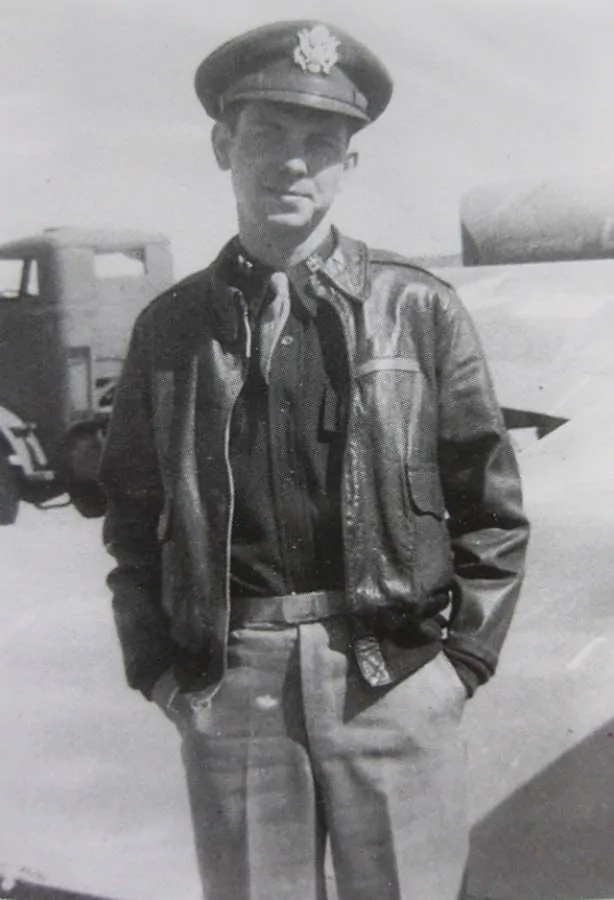
The flight leather jacket is one of these garments that initially was appreciated inside the military and later its popularity swapped over to the public, where it became a timeless and classic jacket.
If you hear or read about a flight jacket nowadays, chances are it is a more or less modification of the Type A-2 Flight Leather Jacket. It is by far the most well known and popular flight jacket, in addition to being basically the mother of all flight jackets. Considering the short production cycle of the Type A-2, it is rather remarkable how popular this jacket remains today.
The History Of The A-2
First introduced by the Army Air Corps in 1931, as the “ Jacket, Flying, Type A-2”, it was the successor of the Type A-1 Flight jacket. The Type A-2 was designed for open cockpits, which explains the sturdy snaps and reinforced pockets. The A-2’s collar could be closed completely in order to protect the wearer from the wind and the rather slim, functional cut was ideal for the cramped cockpit.
Design Of The Type A-2 Jacket
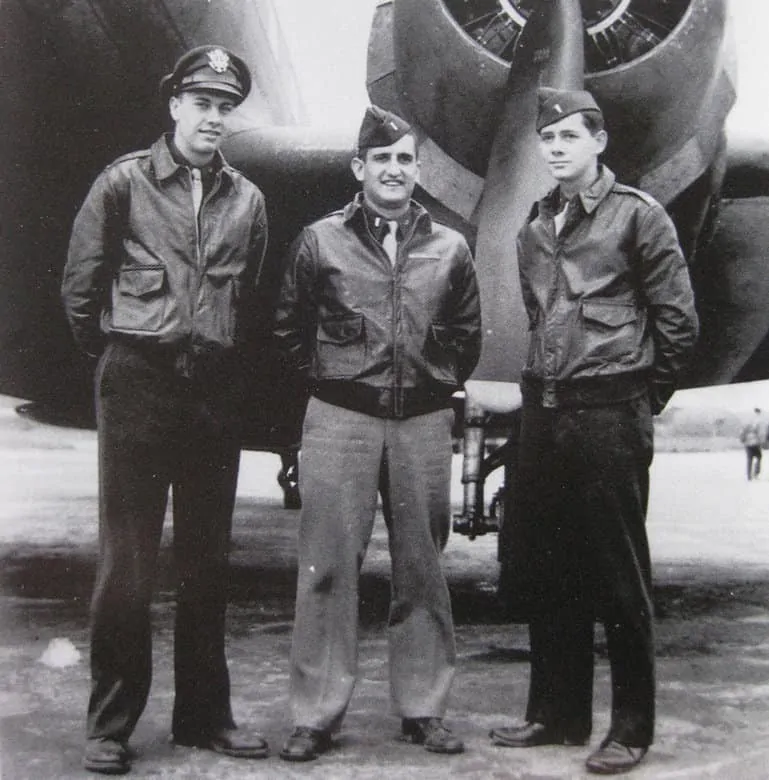
The characteristic design features of the Type A-2 were its front pockets with pointed flaps, the tight, ribbed wool cuffs, the riveted eyelet underneath each armpit, epaulettes (shoulder flaps) and a shirt like button down collar.
Unlike the A-1, which was still closed with buttons, the A-2 was enhanced with sturdy zippers, which were manufactured by either Crown, Kwik, Talon or Conmar. The idea was to make the jackets more windproof, and therefore the zipper had a “wind flap” of thick, double layers of leather. Interestingly, the A-2 did not have any inside or slit pockets.
The cut was optimized for the thin average American man from the 1930’s, and hence it was slim and had a relaxed shoulder line. For modern day standards, the A-2 seems to be rather short, but in combination with the era-specific omnipresent high rise pants, it had the ideal length.
Moreover, the A-2’s design is rather simplistic in the sense that its back is cut from a single piece of leather, as are the two front pieces, and the sleeves are cut into just two pieces. It was lined with pure silk and the uppers were cut from vegetable-tanned or chrome-tanned horsehide, which was rather affordable at the time. Considering the current prices of horsehide today, it might seem wasteful to use leather from horses, however back then increasing industrialization rendered horses obsolete, resulting in an oversupply of horsehide and subsequently low prices. The original color of the leather was called Seal Brown, but since the horsehide came from a number of tanneries, there existed several shades of Seal Brown. Likewise, the A-2’s details – such as the pointed flaps or the collar – are often slightly different because they were made in different factories.
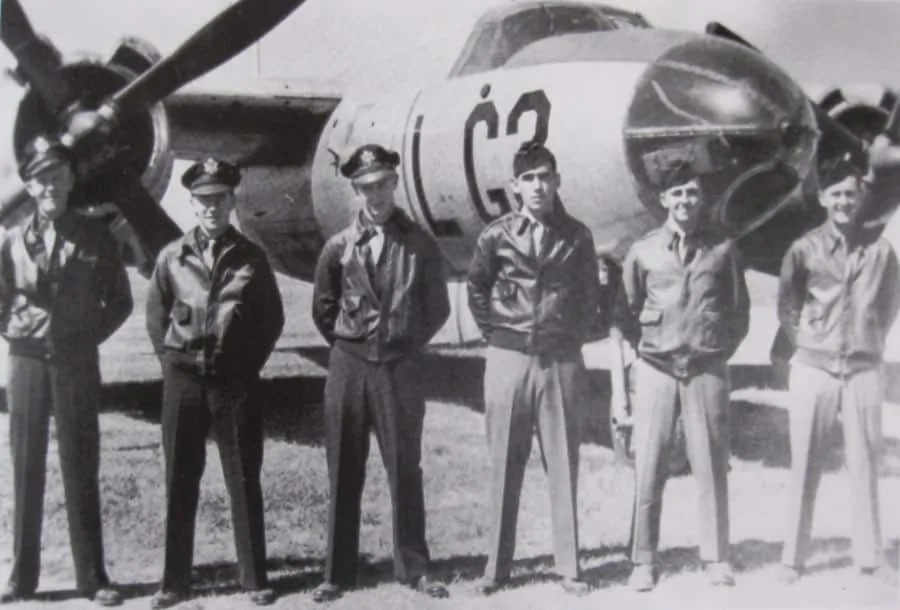
When it became clear that the US would have to intervene in WWII, the demand for horsehide increased, and silk was mostly reserved for parachutes. Consequently, the Type A-2 jacket specifications were amended to also accept goat leather and cotton linings.
In general, the Type A-2 jacket was a high quality product which could last a lifetime if maintained properly. For that very reason, cowhide – which creases more and breaks in differently – was never used for the A-2. The jacket was reserved for Air Corps personnel. Every Air Force Officer received a jacket after he had completed the basic flight training, and many were jealous for that reason. A-2 jackets were worn with pride, which does not surprise since they represented the elite aircrew among military personnel. Often, the jackets were decorated with artwork and embroidery. The large one-piece back was the ideal surface for such artwork.
In 1943, the production of the A-2 jacket was discontinued as an official Army Air Forces garment due to the expensive production. It was superseded by the B-10 and B-15 jackets, which became the new Air Force standard.
Although the Type A-2 jacket was only in production from 1931 to 1943, it was soon considered to be an American Classic.
As such, authentic A-2 jackets may fetch prices of several thousand dollars among collectors. A huge number of these jackets are still in great shape – after more than 70 years of existence! This is just further proof of the high quality of these jackets.
Reintroduction Of The Type A-2 Jacket
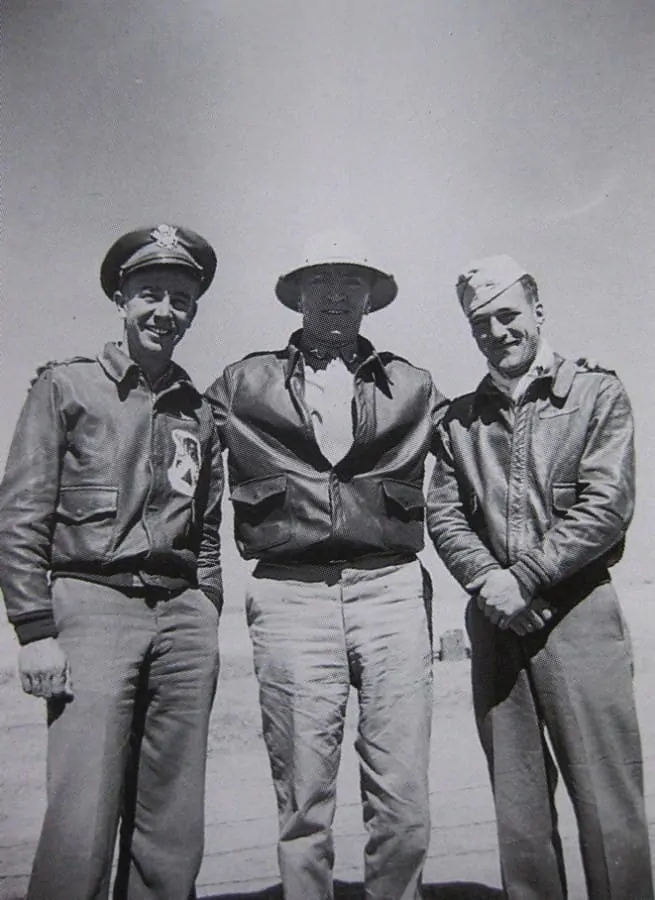
Due to continuing demand, the Type A-2 Jacket was reintroduced by the US Air Force in 1988, though with some major modifications: first, they were made exclusively from goat skin. Secondly, the cut was much wider. They managed to produce jackets in a uniform brown color but now used synthetic fibers instead of wool, cotton or silk. After another redesign a few years later, side pockets were added, the patch pockets got bigger and were repositioned towards the middle, which looks too dominant in my opinion. Overall, the true character of the A-2 was totally eliminated.
Fortunately, the true Type A-2 jacket cut is still readily available today. There are a number of companies that offer the A-2, some of which have years of experience in manufacturing this particular garment. Before you buy an A-2, you should always check whether it has the original cut and if you do not care particularly about that, at least make sure that it was made of high quality materials. Especially in the low-end price spectrum, there are a lot of inferior Type A-2 reproductions to be found.
However, there are other companies that manufacture this American Classic according to original Type A-2 patterns and you can find everything from to true reproduction to the slightly modified version for $500 to $1000.
Anyone who owns one of these jackets will not want to be without one anymore. The A-2 is particularly well suited for spring and fall weather and looks good with either jeans or chinos. In my opinion, it can even be worn with pleated trousers due to its minimalist cut.
In my next article about Eastman Leather Clothing, I will introduce to you a specialist of high quality reproductions of leather jackets, so stay tuned!
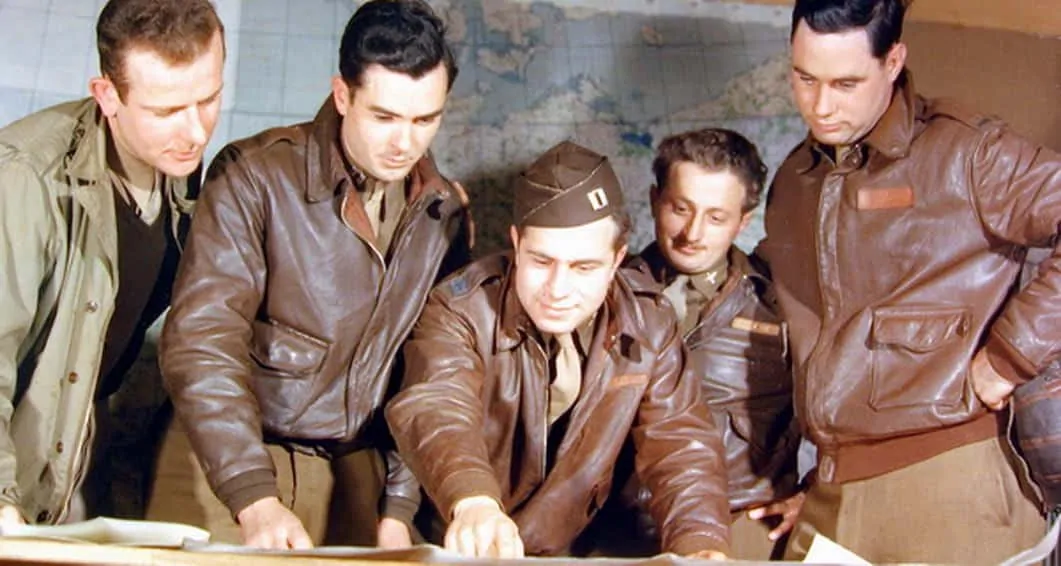
Reader Comments
Comments are closed.